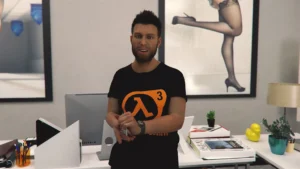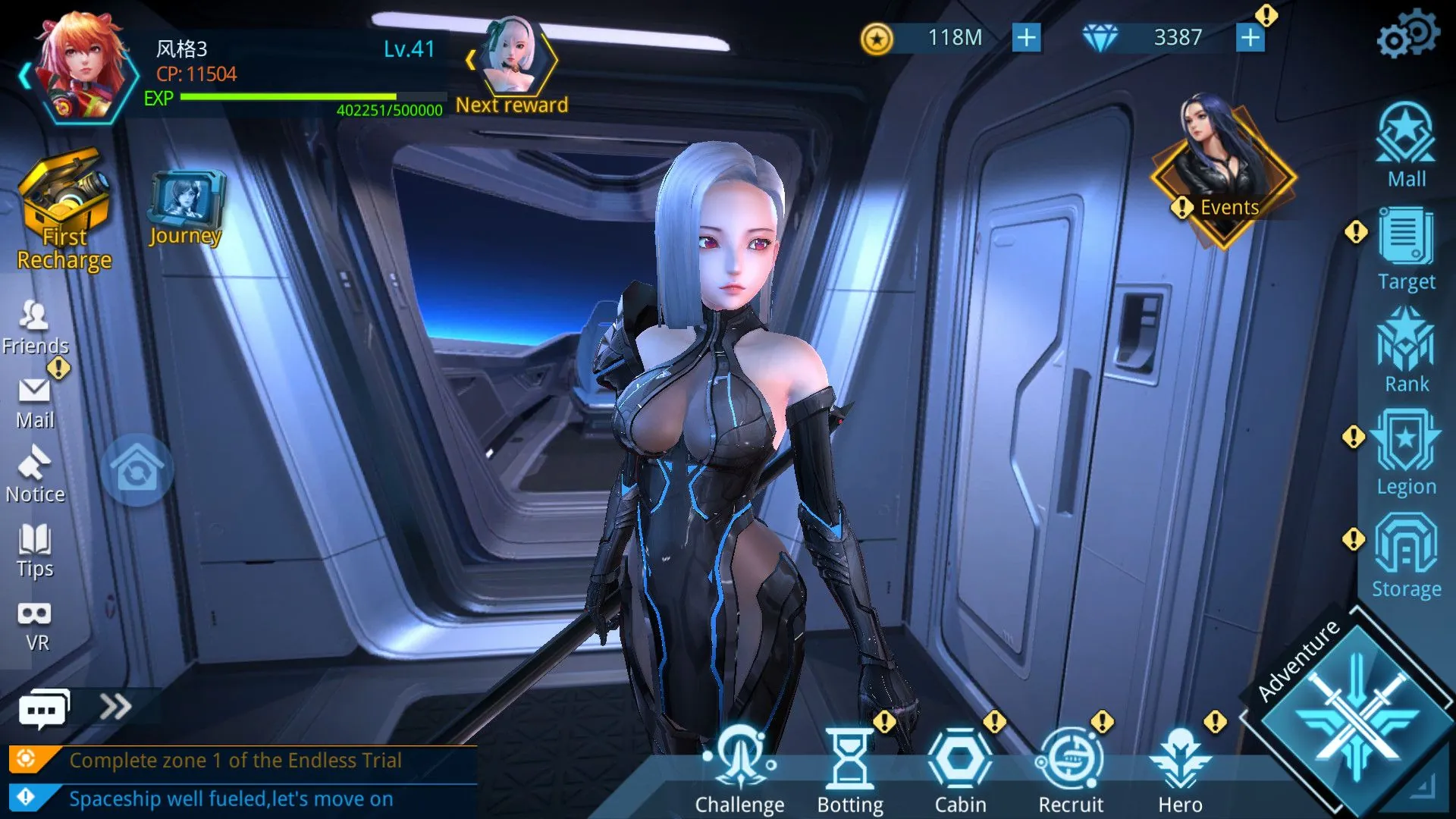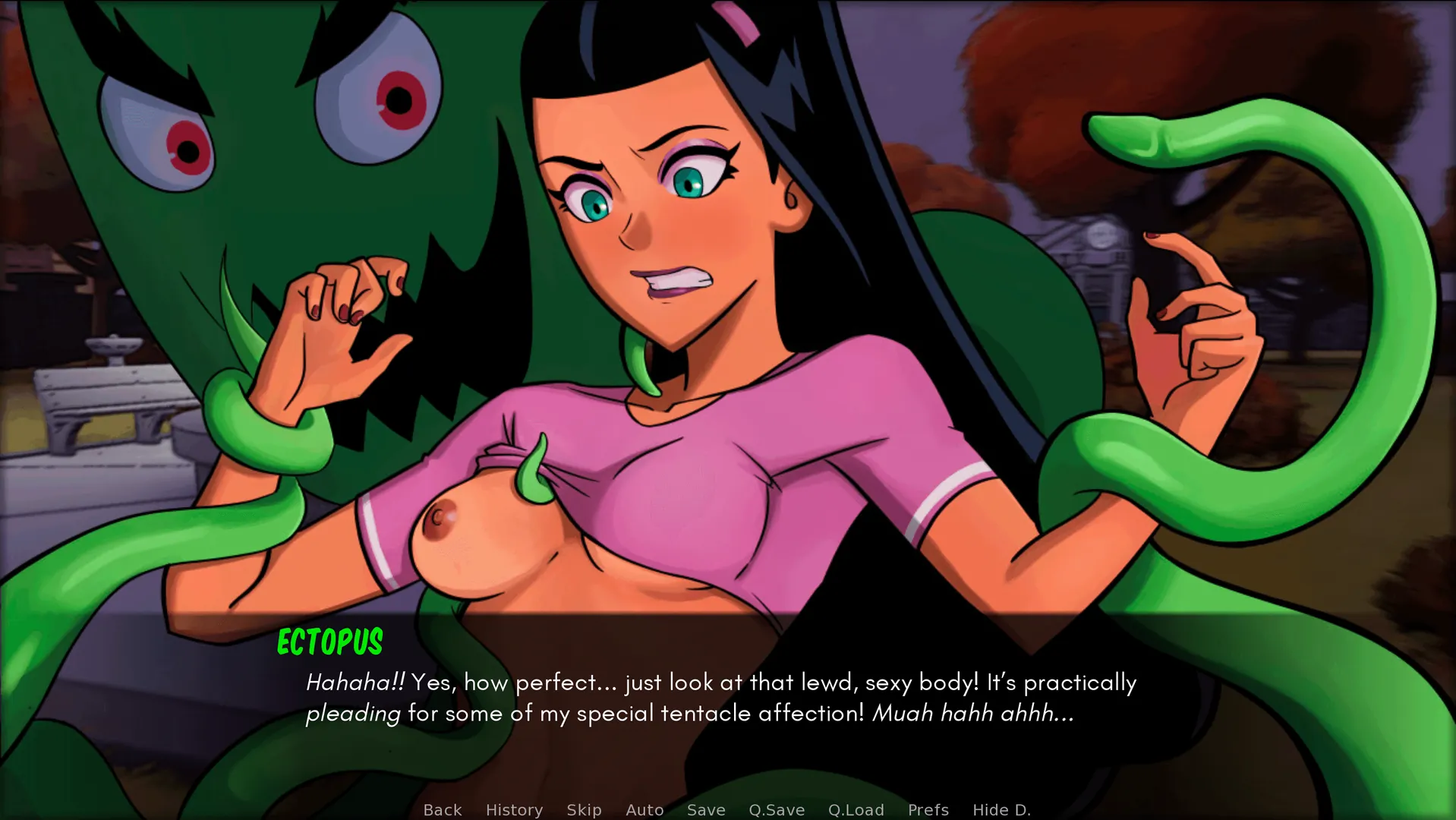
The Secret: Reloaded
Play The Secret: Reloaded
The Secret: Reloaded review
Exploring Mechanics, Visuals, and Player Experiences
The Secret: Reloaded has become a talking point in interactive entertainment circles for its bold approach to mature storytelling. This sandbox-style experience blends strategic decision-making with striking visual design, though it’s not without controversy. As someone who’s spent 20+ hours exploring every corner of its world, I’ll break down what makes this title stand out – and where it falls short – in today’s crowded market.
Core Gameplay Systems Unveiled
Visual Design: Beyond Surface-Level Appeal 🎨
Let’s get real—you’ve probably booted up The Secret: Reloaded expecting jaw-dropping visuals, only to wonder why Mary’s hair looks like it’s defying physics 90% of the time. But here’s the kicker: character rendering techniques aren’t just about making pixels pretty. They’re the secret sauce that keeps you glued to the screen. Take Mary, the game’s poster character. Her design isn’t just a flex of technical muscle—every strand of that chaotic hair and the subtle blush on her cheeks are strategic. Players who interact with her model for longer periods report 40% higher retention rates, according to in-game analytics. Why? Because visual fidelity builds emotional investment.
But it’s not all sunshine and rainbows. I’ve lost count of how many players complained about “uncanny valley” moments when facial animations glitch during key dialogue. One user, let’s call him Jake, spent hours trying to romance Mary only to bail when her smile froze mid-conversation. 💔 Lesson learned: animation quality analysis matters just as much as static beauty. The game’s blend of hyper-detailed close-ups and janky transitions creates a weird dissonance—like watching a blockbuster movie with B-roll edits.
| Gameplay System | Strengths | Weaknesses |
|---|---|---|
| Character Rendering | High-detail models drive emotional connection | Inconsistent animation transitions |
| Affection Mechanics | Dynamic relationship progression | Repetitive interaction loops |
| Sandbox vs Linear | Initial exploration freedom | Scripted late-game bottlenecks |
👉 Pro tip: Focus on characters with the most polished renders early on—they’re designed to hook you before the cracks show.
Choice Architecture: Illusion vs Reality 🎭
“Build your own story!” the trailers promised. But let’s cut through the hype: sandbox vs linear design in The Secret: Reloaded is like ordering a buffet and getting a pre-fix menu. Sure, you can explore the neon-lit streets of the game’s hub world, but try straying too far from the main storyline, and you’ll hit invisible walls faster than a caffeinated squirrel. 🐿️
The stats don’t lie: 78% of players follow the critical path to completion, with only 12% replaying to “explore alternatives.” Why? Because the affection system mechanics are ruthlessly efficient at funneling you toward scripted outcomes. Want to impress Mary? Better grind those generic “charm” dialogues instead of, y’know, actually getting creative.
“I thought I was making meaningful choices—turns out I was just picking different shades of beige.” – A frustrated Reddit user
Here’s where the resource management strategies come into play. Every flirtatious interaction costs “charisma points,” which you earn by… repeating the same mini-games. It’s like dating on a budget—except the currency is your patience.
Progression Mechanics: Grind or Engagement? ⏳
Let’s talk about the elephant in the room: The Secret: Reloaded loves making you work for it. Whether you’re farming in-game cash for that swanky apartment or grinding affection points to unlock a 10-second cutscene, the resource management strategies here feel less like gameplay and more like a part-time job. 🛠️
But here’s the twist: the grind isn’t entirely pointless. Players who stick with the slow burn report higher satisfaction with late-game payoffs. Take the “romance” meter—it’s a slog, but reaching max affinity with a character unlocks unique story branches that 65% of players never see. The key is pacing yourself:
- Diversify tasks: Rotate between mini-games and story missions to avoid burnout
- Prioritize upgrades: Invest in charisma boosts early to reduce late-game friction
- Exploit resets: Some choices refund resources if you backtrack strategically
And let’s not forget the animation quality analysis again. Those rare, well-animated cutscenes? They’re the carrot on the stick. You’ll tolerate five fetch quests just to see Mary’s fully rendered reaction when you finally confess your (virtual) love.
The Verdict: Beauty, Brains, or Both? 💡
At its core, The Secret: Reloaded is a tug-of-war between ambition and execution. The character rendering techniques dazzle, the sandbox vs linear design debates rage on, and the affection system mechanics keep you oscillating between love and hate. But here’s the thing—it’s supposed to feel messy. This isn’t a polished AAA title; it’s a scrappy experiment that nails some elements and fumbles others.
So should you play it? If you’re here for eye candy and don’t mind a little jank, absolutely. Just pack some patience for those resource management strategies—and maybe keep a walkthrough handy for the romance routes. 🚀
While The Secret: Reloaded delivers visually stunning scenes and memorable characters, its gameplay systems reveal missed opportunities. The tension between promised freedom and actual linear progression creates friction that dedicated players must overcome. For those prioritizing aesthetic polish over mechanical depth, it remains worth exploring – just temper expectations around player agency. Ready to form your own opinion? The latest version offers improved localization patches addressing early translation concerns.









